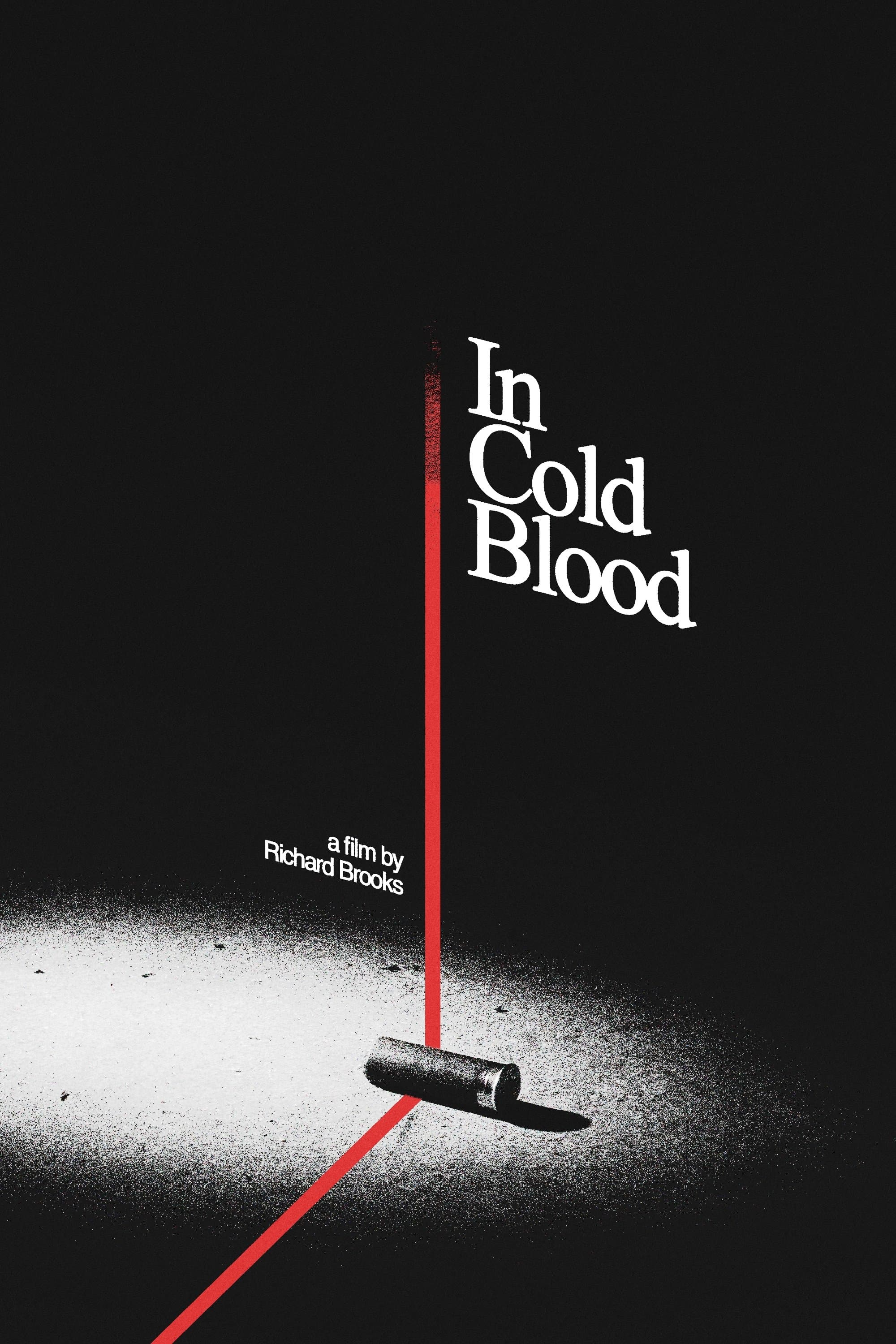
In Cold Blood
1967
Rate this movie
Average: 5.00 / 5
(1 votes)
Director
Drawn from Truman Capote's celebrated non-fiction novel, this film stands out for its superb analysis of the criminal minds of the two protagonists, relating it to the surrounding social context and deriving a ruthless and bleak clinical picture. Capote's work, an archetype of the non-fiction novel that redefined the boundaries between journalism and literature, finds an equally audacious and disturbing resonance in Richard Brooks' film adaptation, capable of penetrating the darkest folds of the human soul with surgical precision.
The story is that of two shiftless delinquents who plan a robbery in a remote Kansas home, in the town of Holcomb. Richard Hickock and Perry Smith, an unlikely and fatal duo, embody the decline of a certain betrayed and disillusioned "American dream." Hickock, with his superficiality and drive for opportunism, and Smith, a more complex and tormented figure, afflicted by childhood traumas and frustrated artistic aspirations, form a diptych of social pathology that shatters any simplification. When they realize that the four members of the Clutter family – an almost idyllic portrait of rural Puritan industriousness and morality – have no cash, they will mercilessly kill them to avoid leaving witnesses. It is the brutality of a gratuitous act, an egregious violence born of the driest frustration and the complete lack of empathy.
The escape will mark the beginning of a slow descent into hell that will culminate in their arrest, trial, and execution. But what elevates "In Cold Blood" beyond a mere cinematic true crime is the way Brooks handles this descent. It is not an adrenaline-fueled race, but an inevitable and glacial drift, marked by moments of false hope and desperate awareness. The almost documentary-like attention focuses not only on the criminal and judicial process, but also on the subtle psychological ballet between the two murderers and the world around them, a world that struggles to comprehend the unspeakable. The performances of Robert Blake and Scott Wilson as Perry and Dick are disconcertingly realistic, capable of evoking both mundane cruelty and unsuspected frailties. Blake, in particular, imbues Perry with a melancholic depth that makes the character tragically memorable, a mosaic of brutality and pathetic search for affection.
What is striking about Brooks' work is the exceptional narrative viewpoint, which, much like Capote's, is far above any moral involvement, concerned only with photographing the bare truth. This stylistic choice, at times almost scientific, is masterfully rendered by Conrad L. Hall's black-and-white cinematography. His cinematography is a work of art in itself: a raw, high-contrast black and white that does not soften but enhances the desolation of the Kansas landscapes and the claustrophobia of the prison cells, creating an atmosphere of somber fatality. Every shot is calibrated to convey a sense of inevitability, to capture micro-expressions and eloquent silences. It is precisely from this stark depiction that the most repugnant disgust for a massacre committed in a complete lack of humanity arises, but it is also from it that a disturbing understanding of the roots of evil emerges, not as an abstract entity, but as a product of tangible social and psychological deviancies.
The cold objectivity does not diminish the drama; rather, it amplifies it, forcing the viewer to confront the horror directly, without the reassuring filter of explicit condemnation or easy moralizing. This absence of explicit judgment was a revolutionary move for its time, and the film, though shot in 1967, still retains a surprising modernity in its approach today. "In Cold Blood" does not merely recount a crime, but investigates its genesis and consequences with a depth few films of its genre have equaled.
A film that destabilized American public opinion, just as the atrocity of the crime and Capote's investigation had already done. It arrived in an America that was slowly losing its innocence, a decade after the murders, when the country was already shaken by political assassinations and the Vietnam War. Brooks' film was not just a chronicle, but a seismograph of social anxieties, questioning the illusion of inherent security and revealing the fragility of normality. It is a timeless masterpiece, a sharp and perturbing reflection on the nature of evil and the complex interaction between the individual and the social fabric, which continues to reverberate with the force of an uncomfortable and inescapable truth.
Country
Gallery
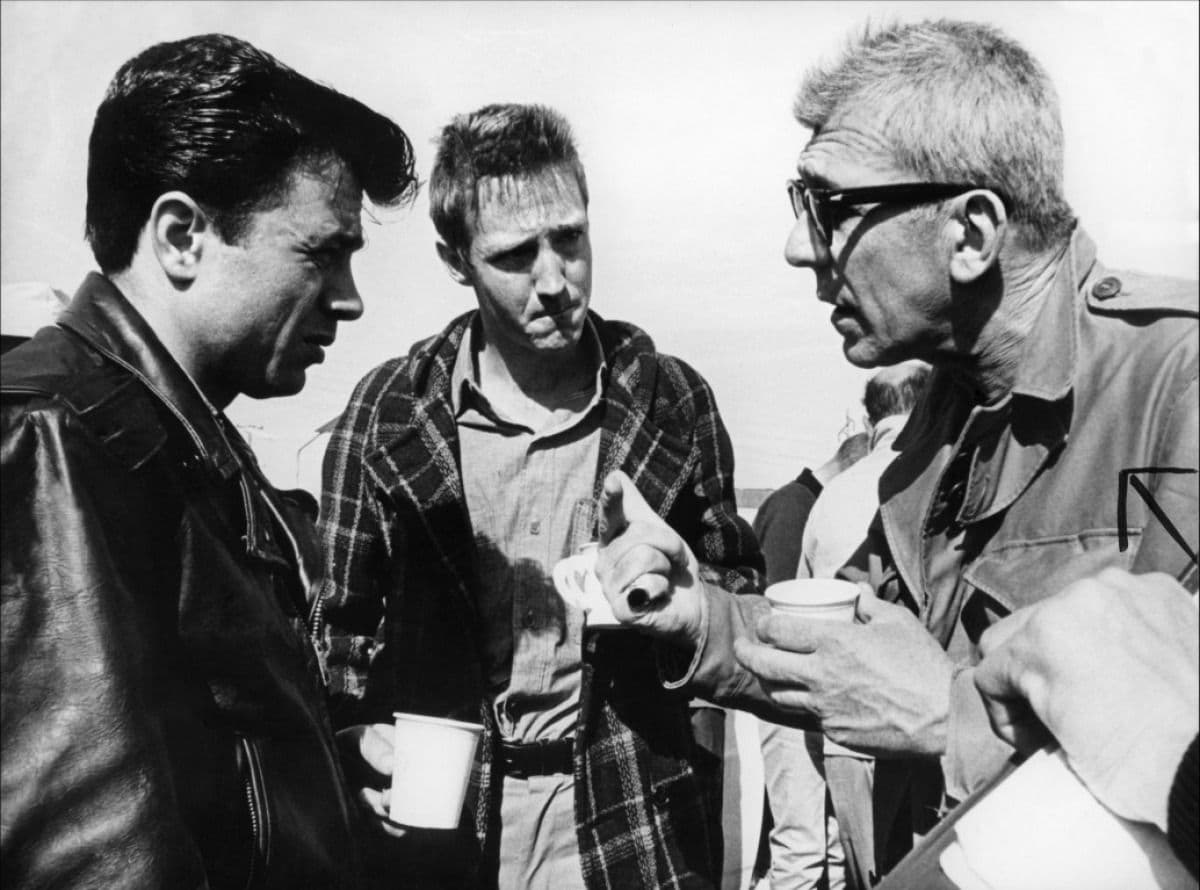
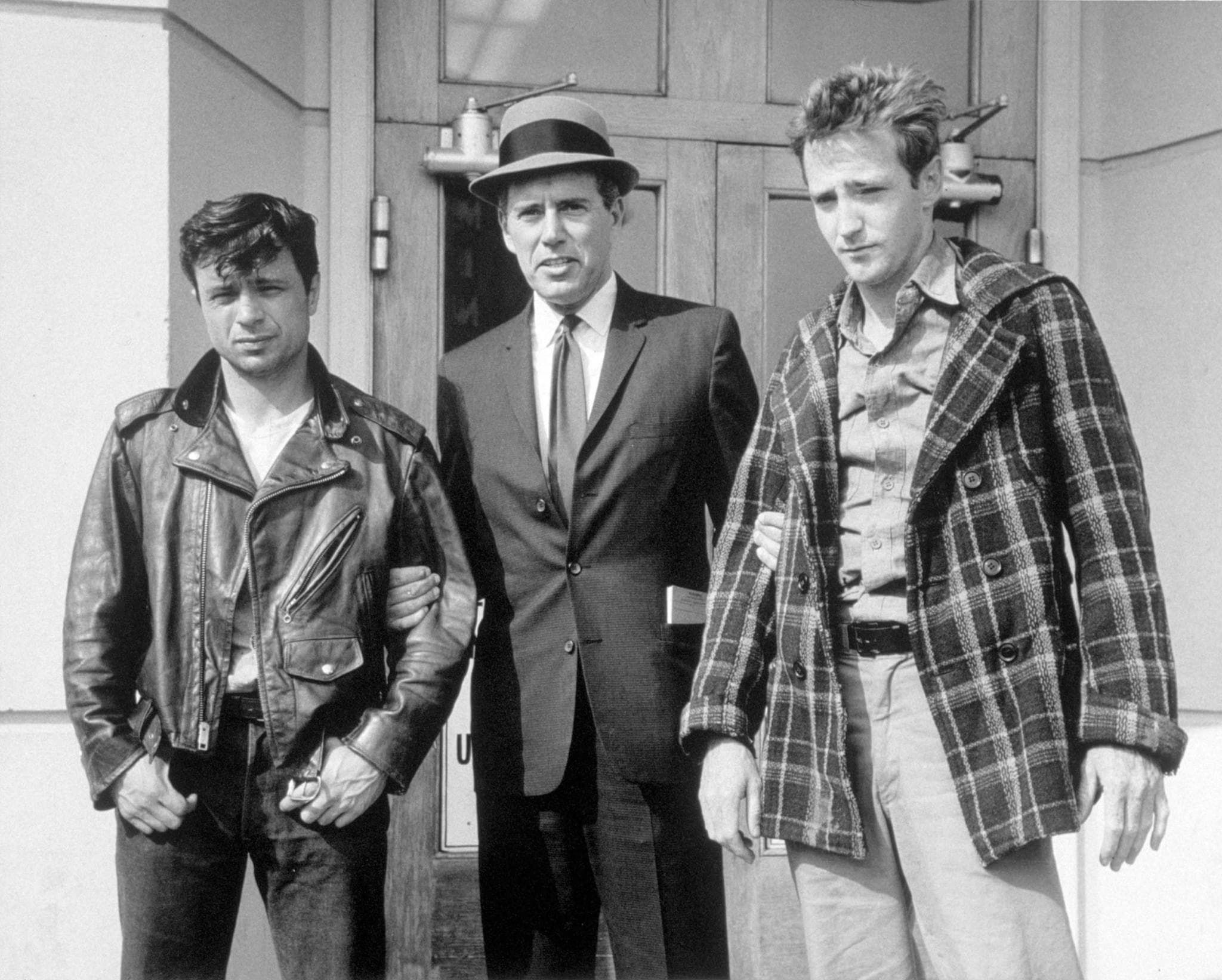
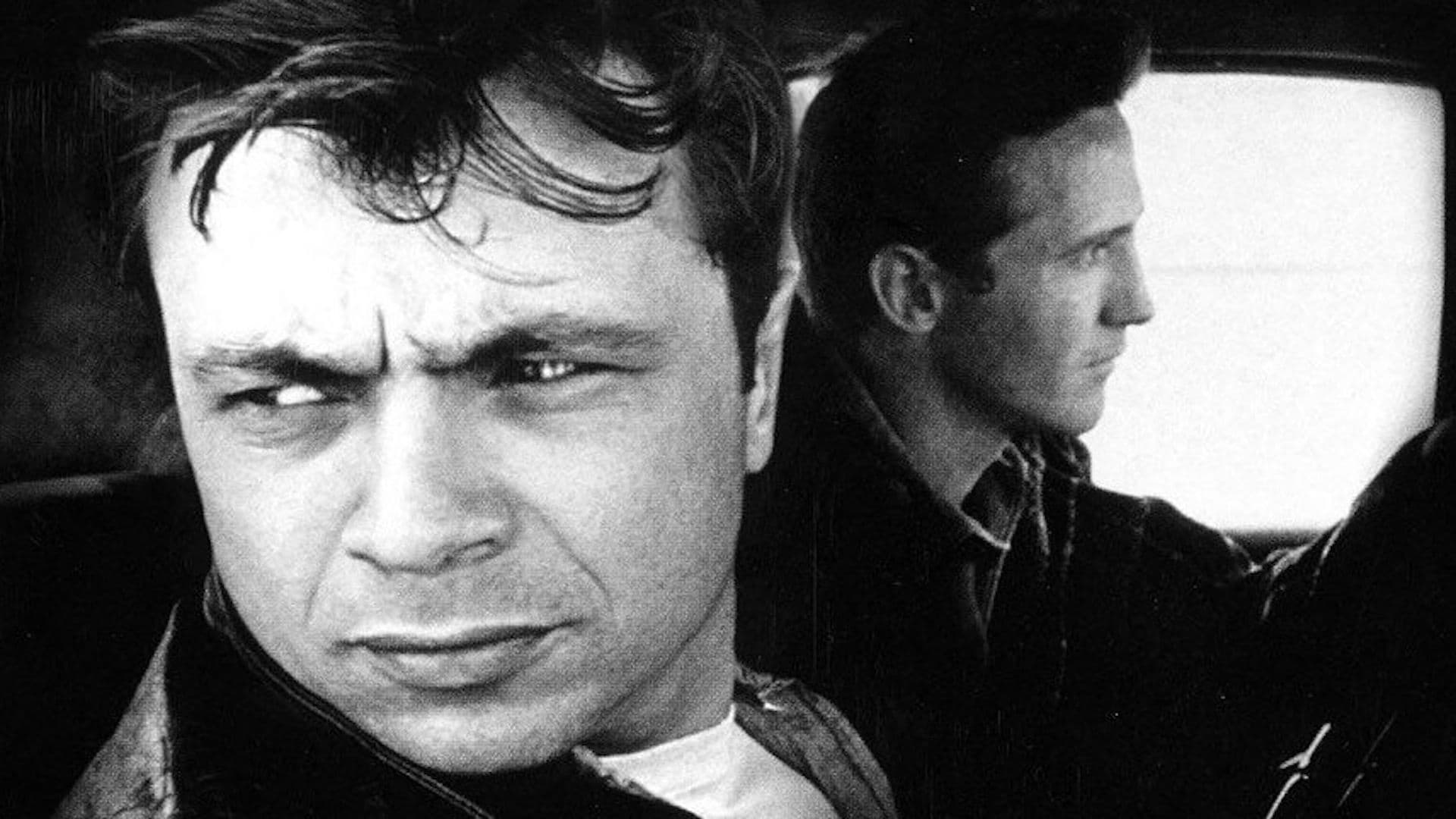
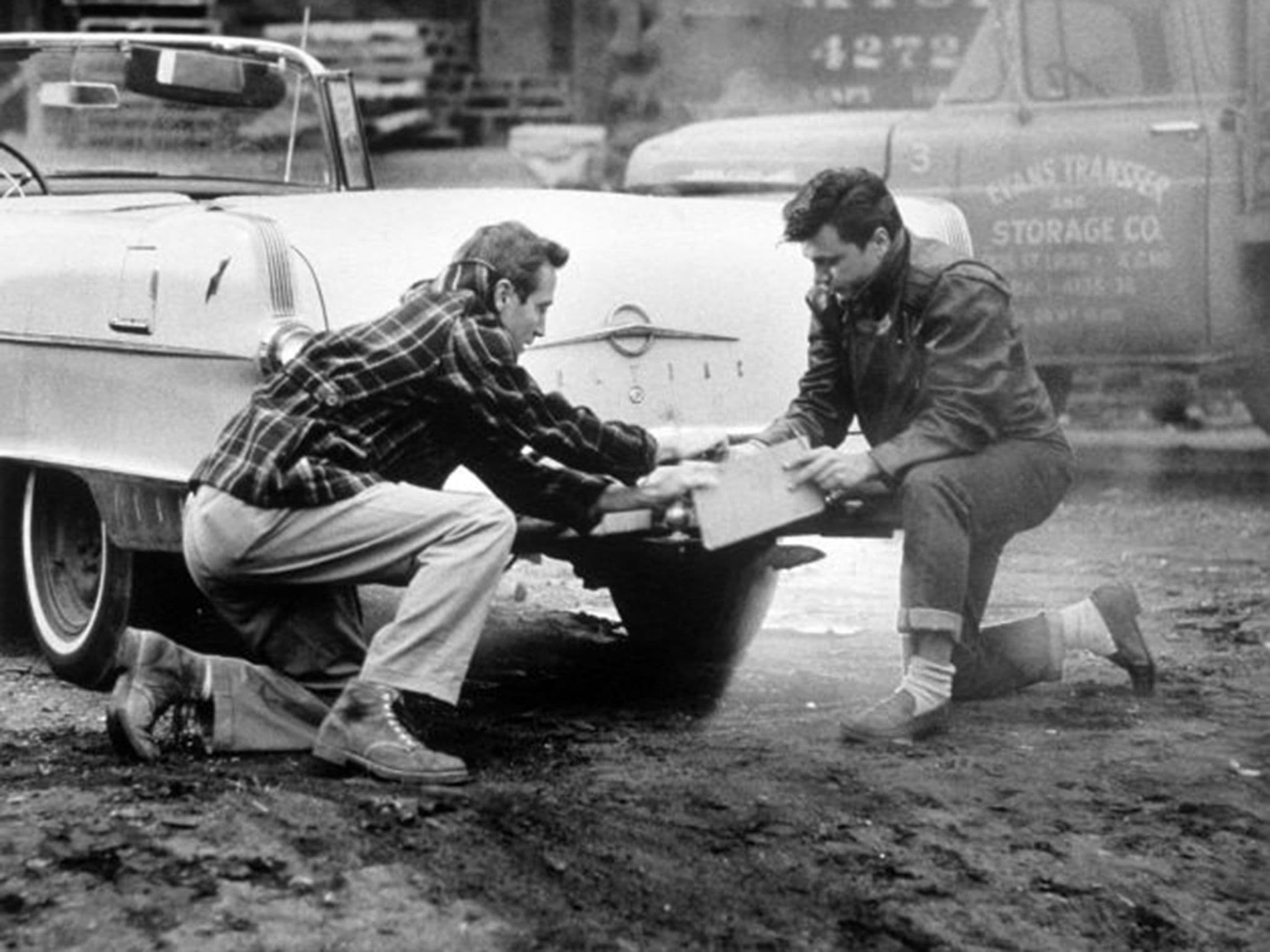
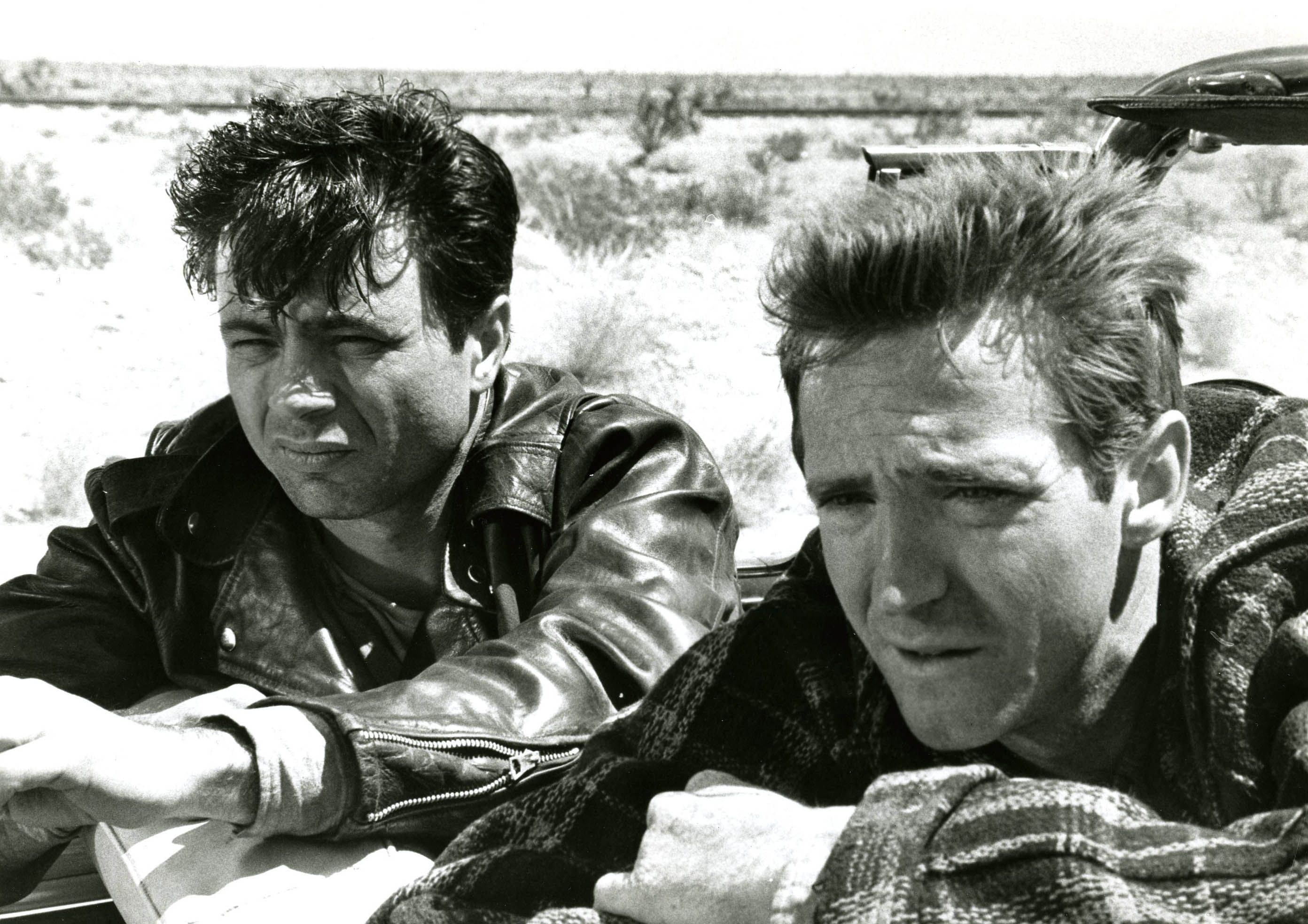
Comments
Loading comments...